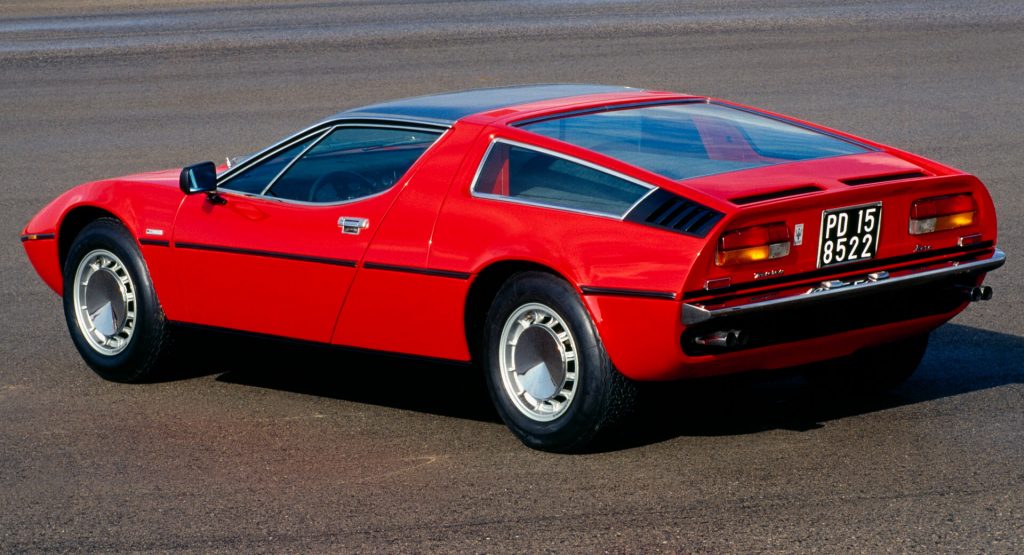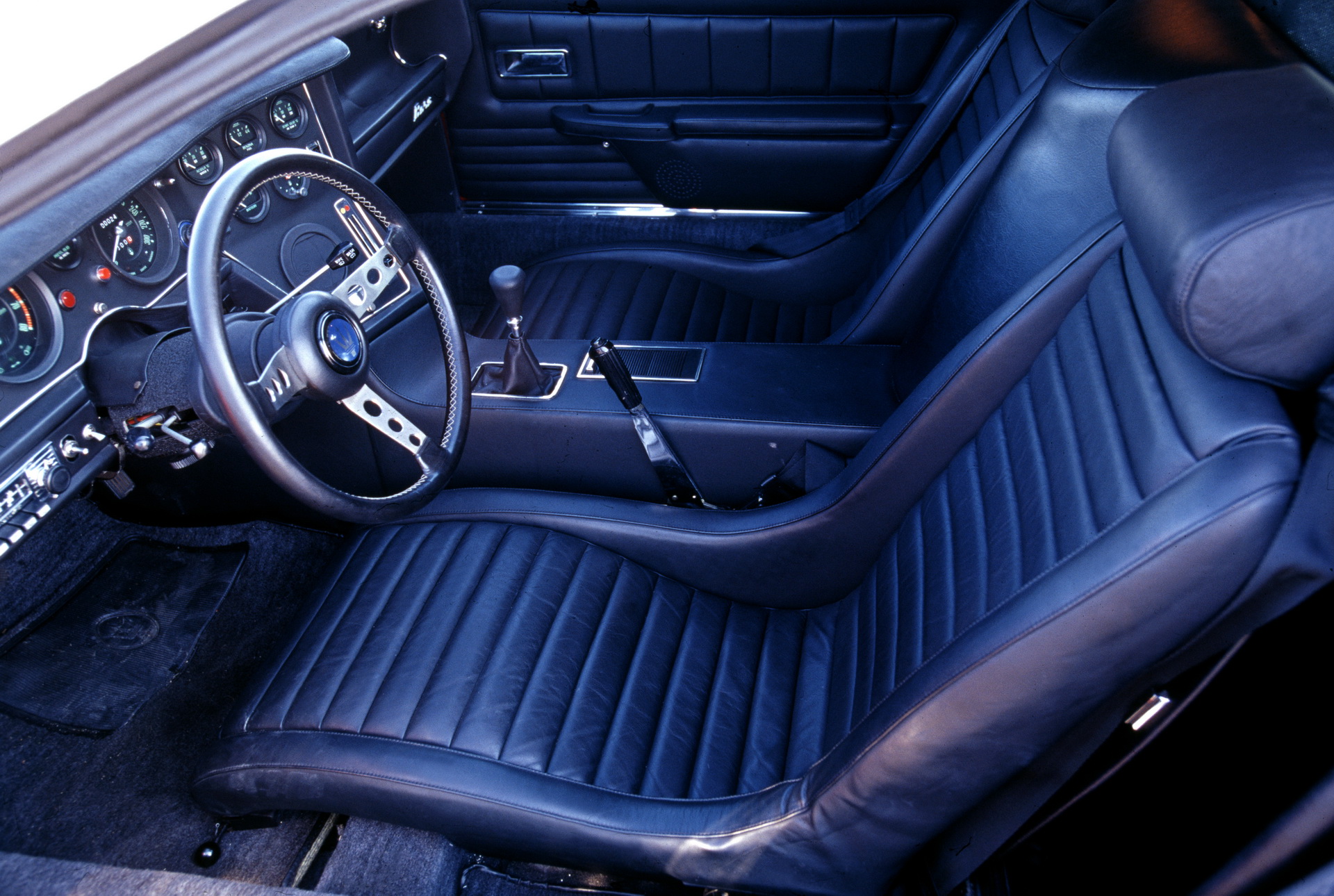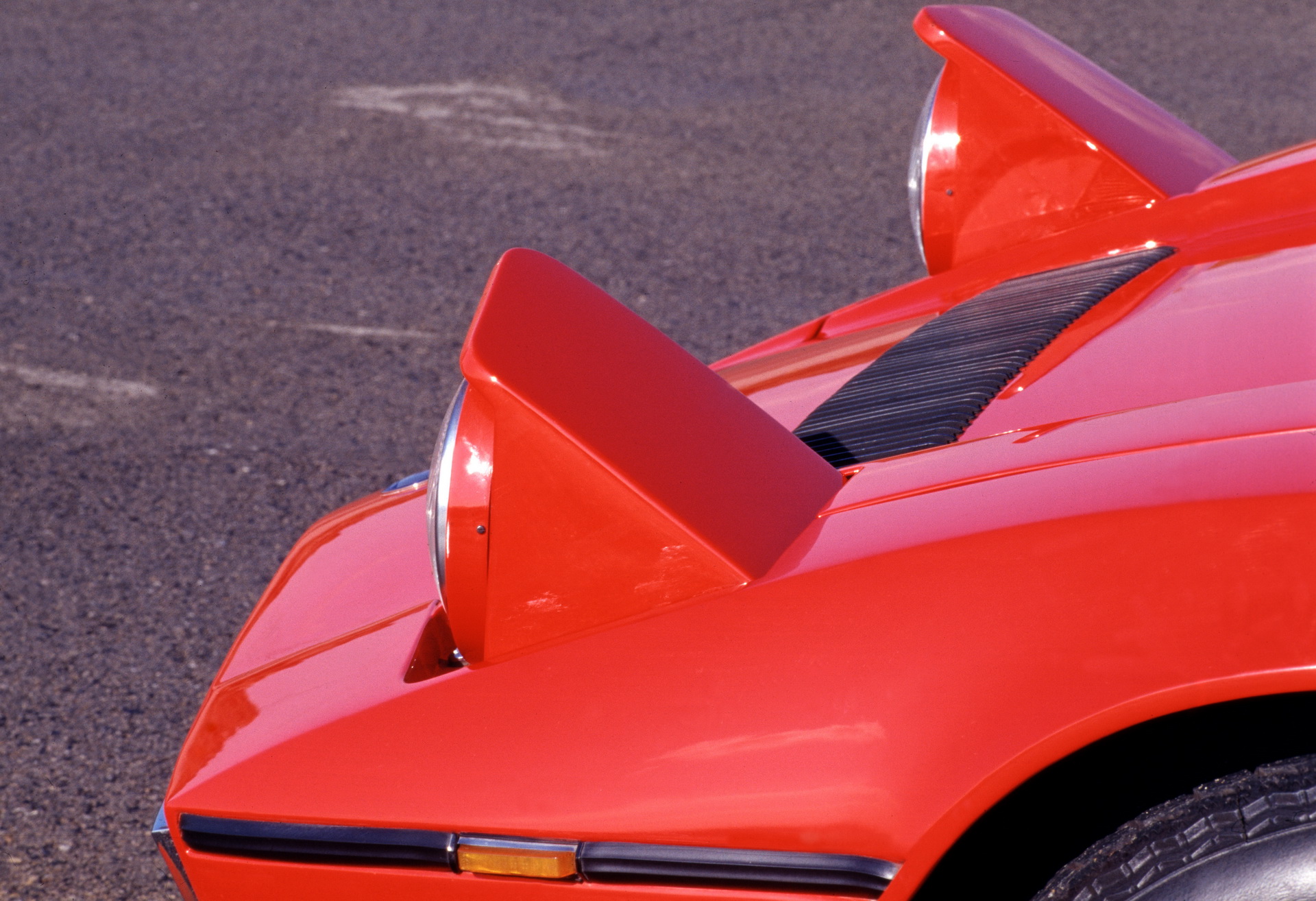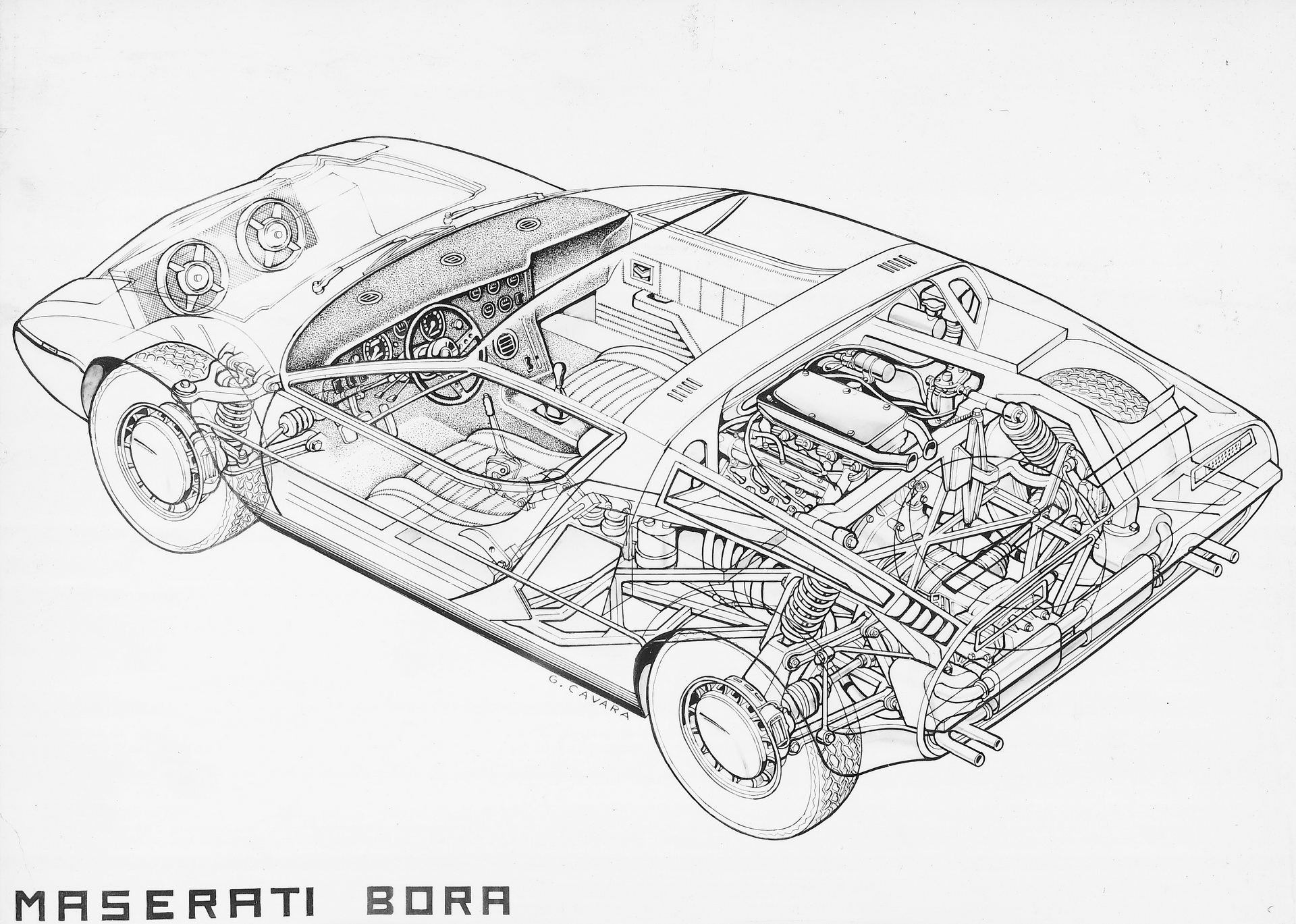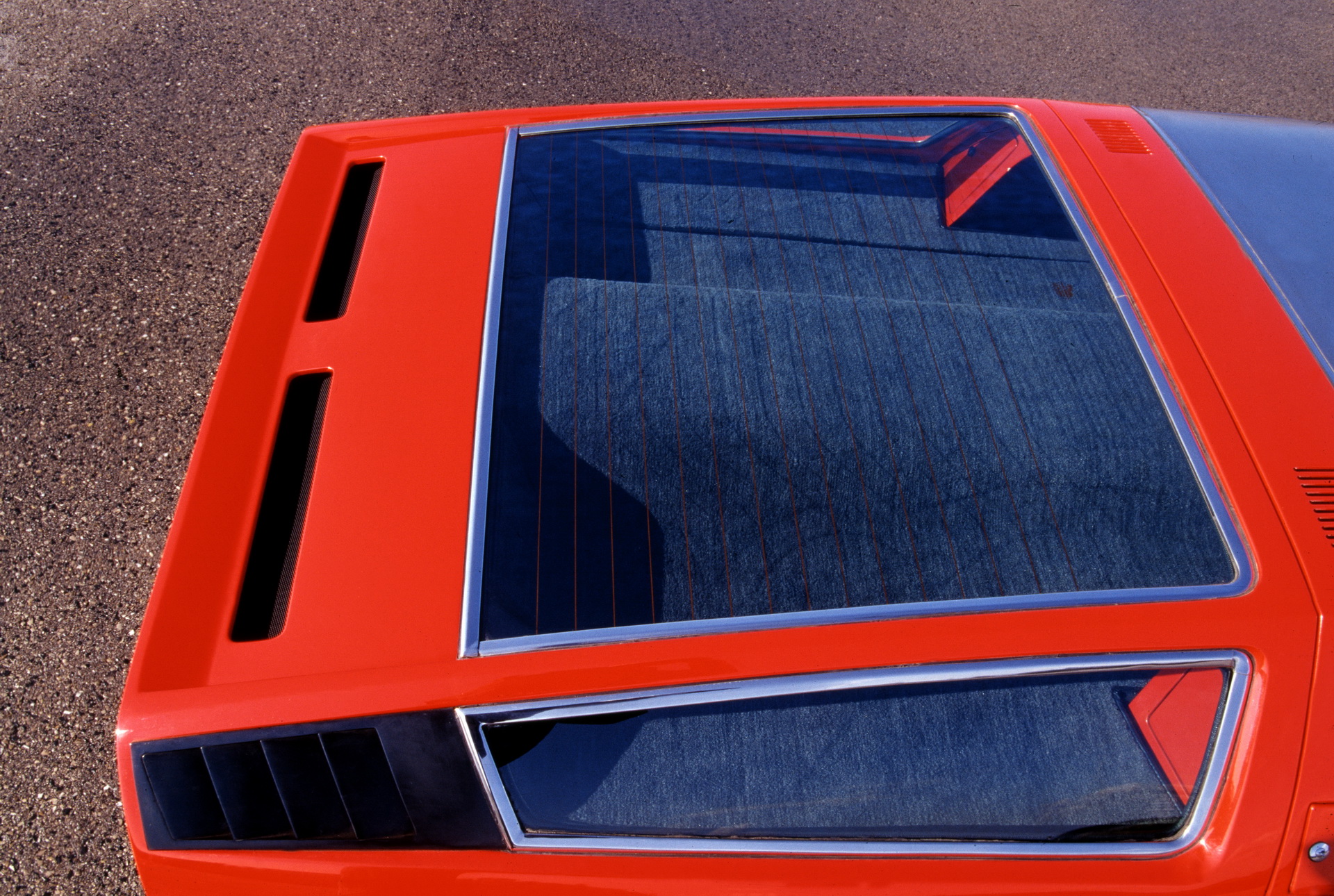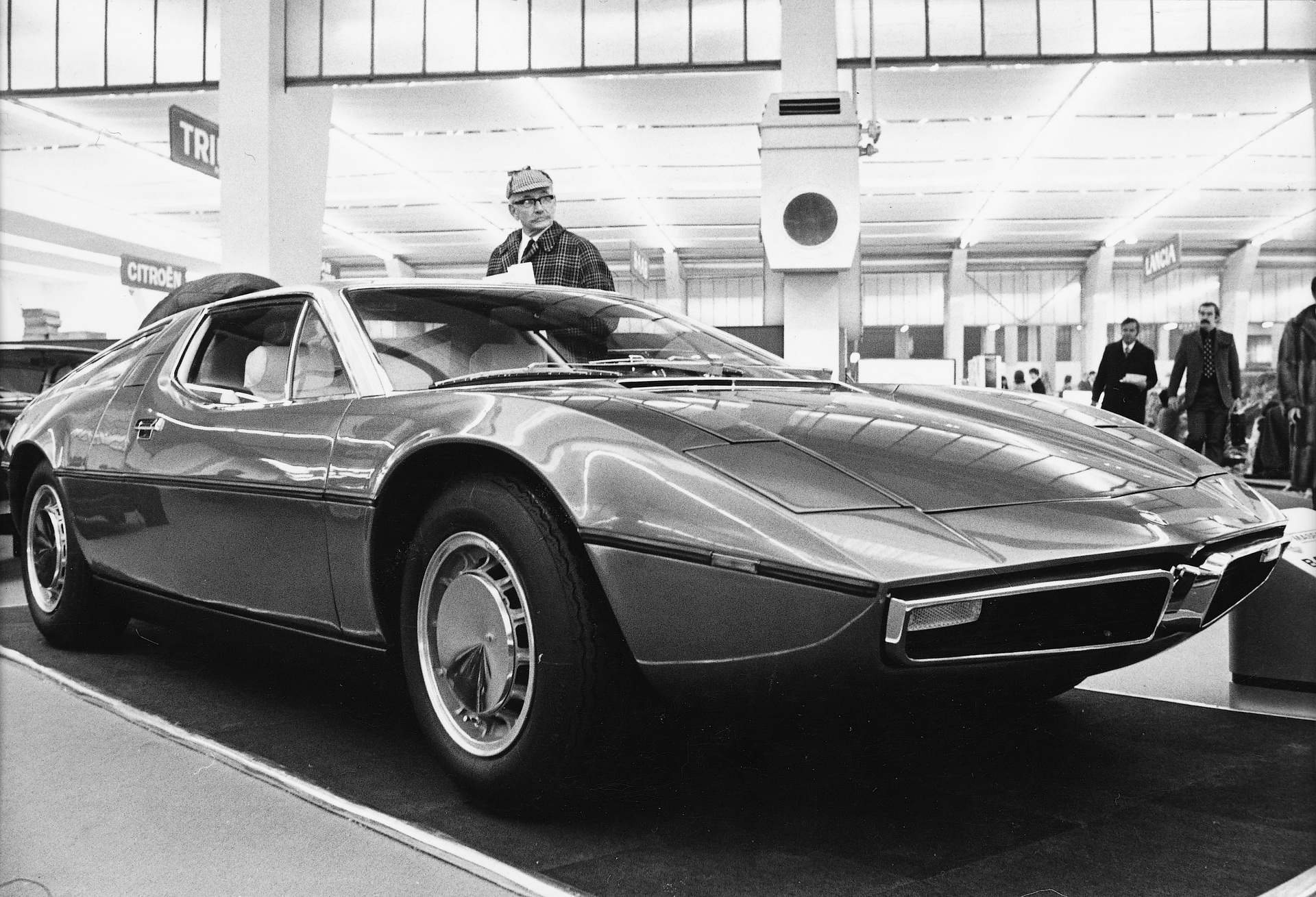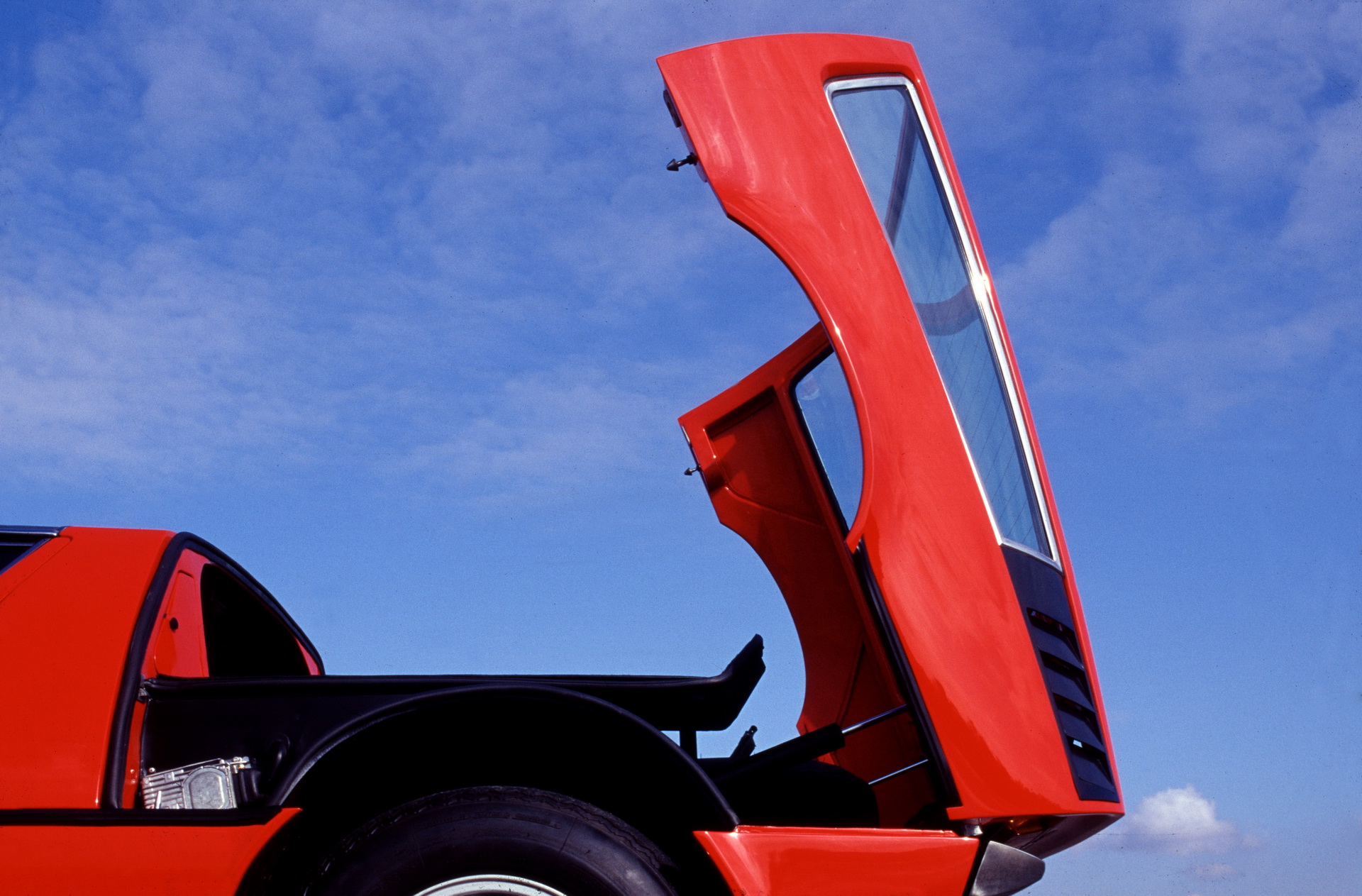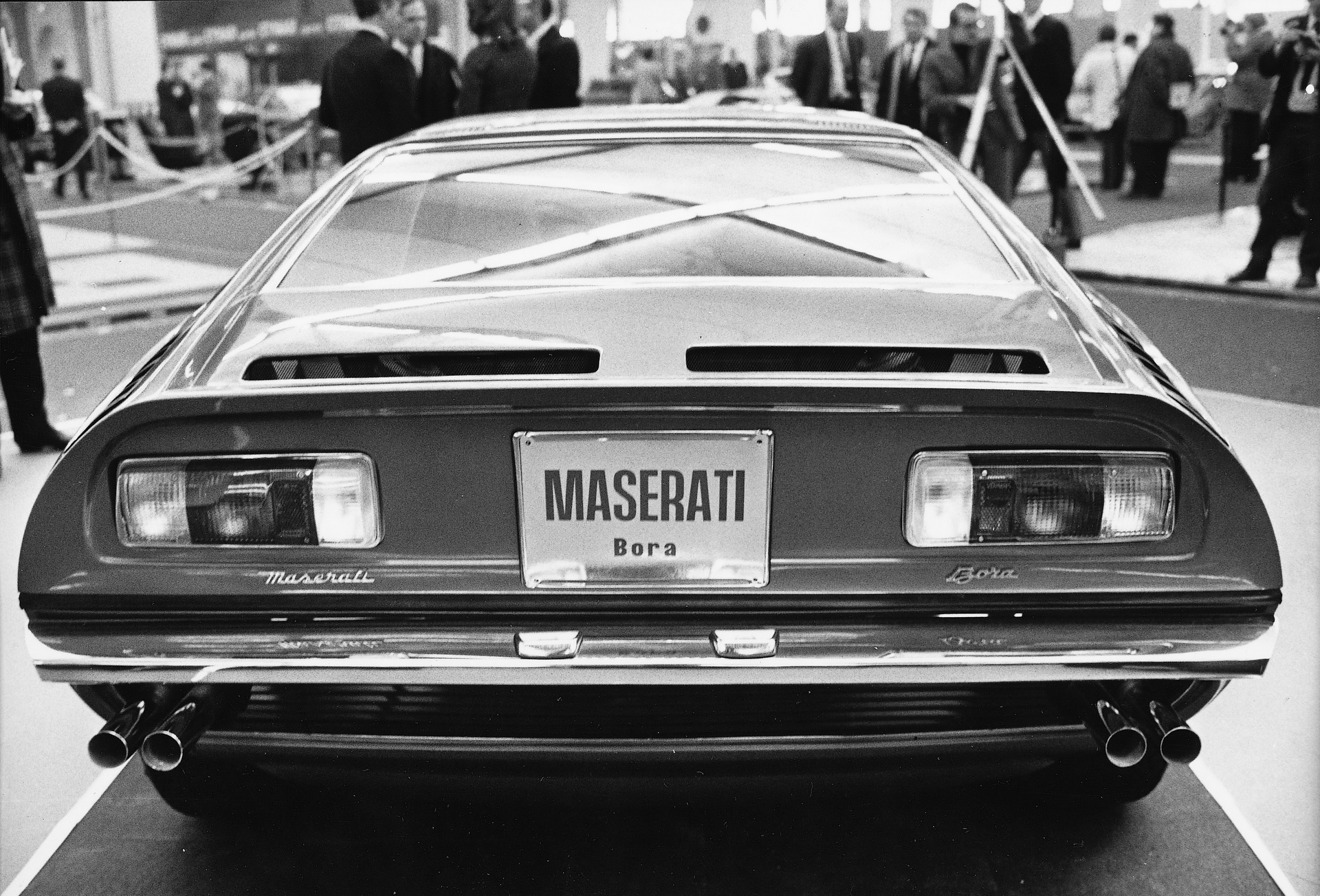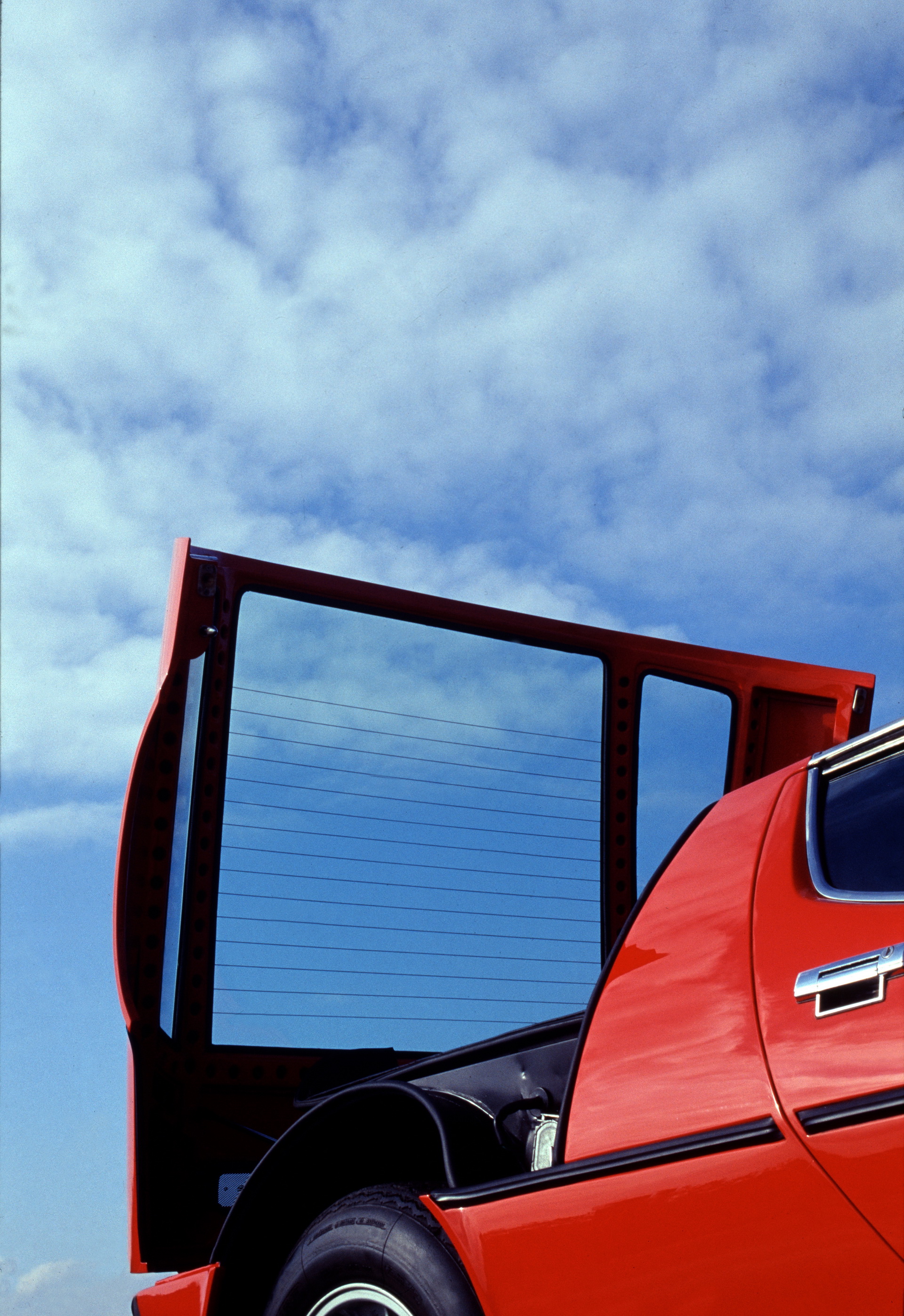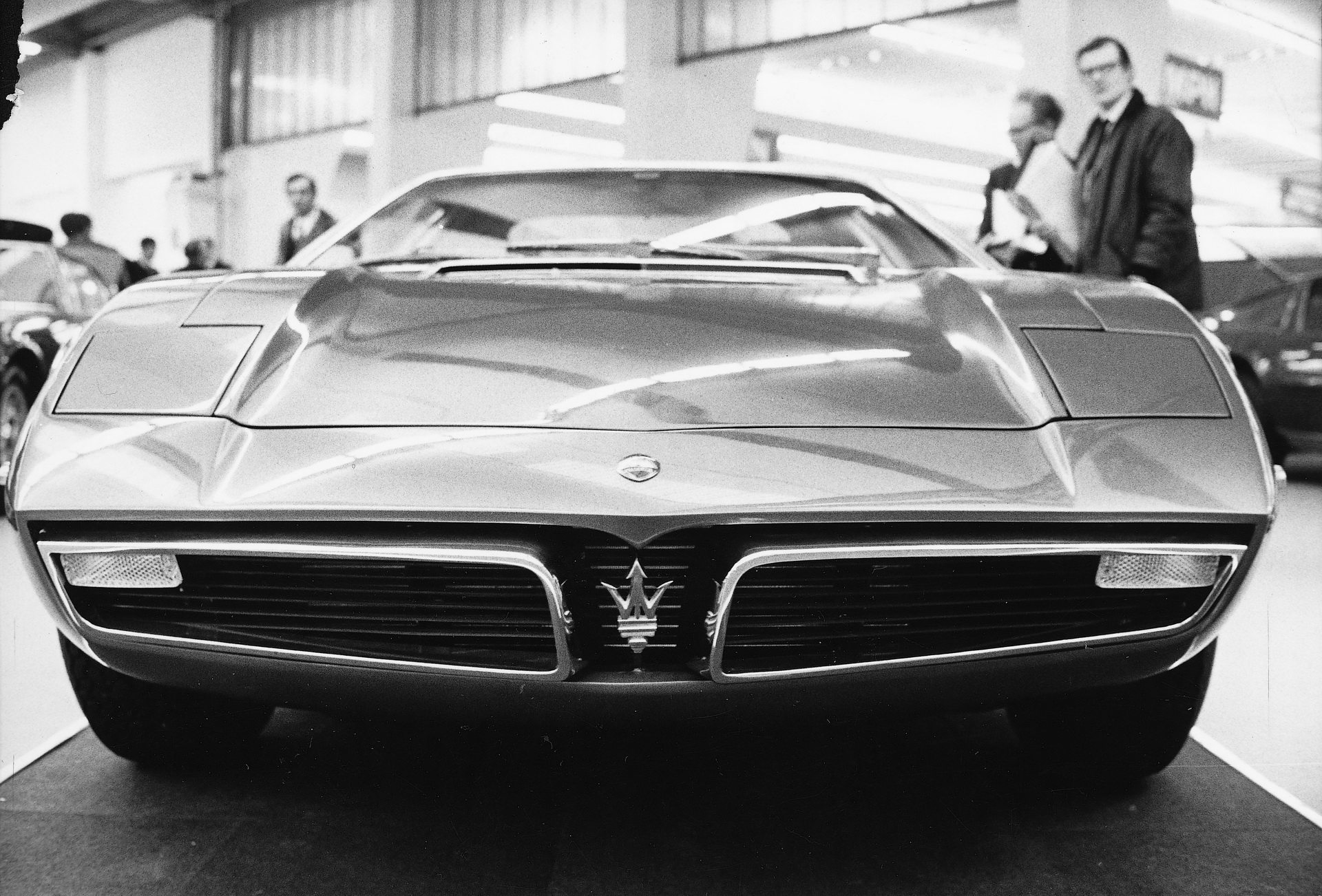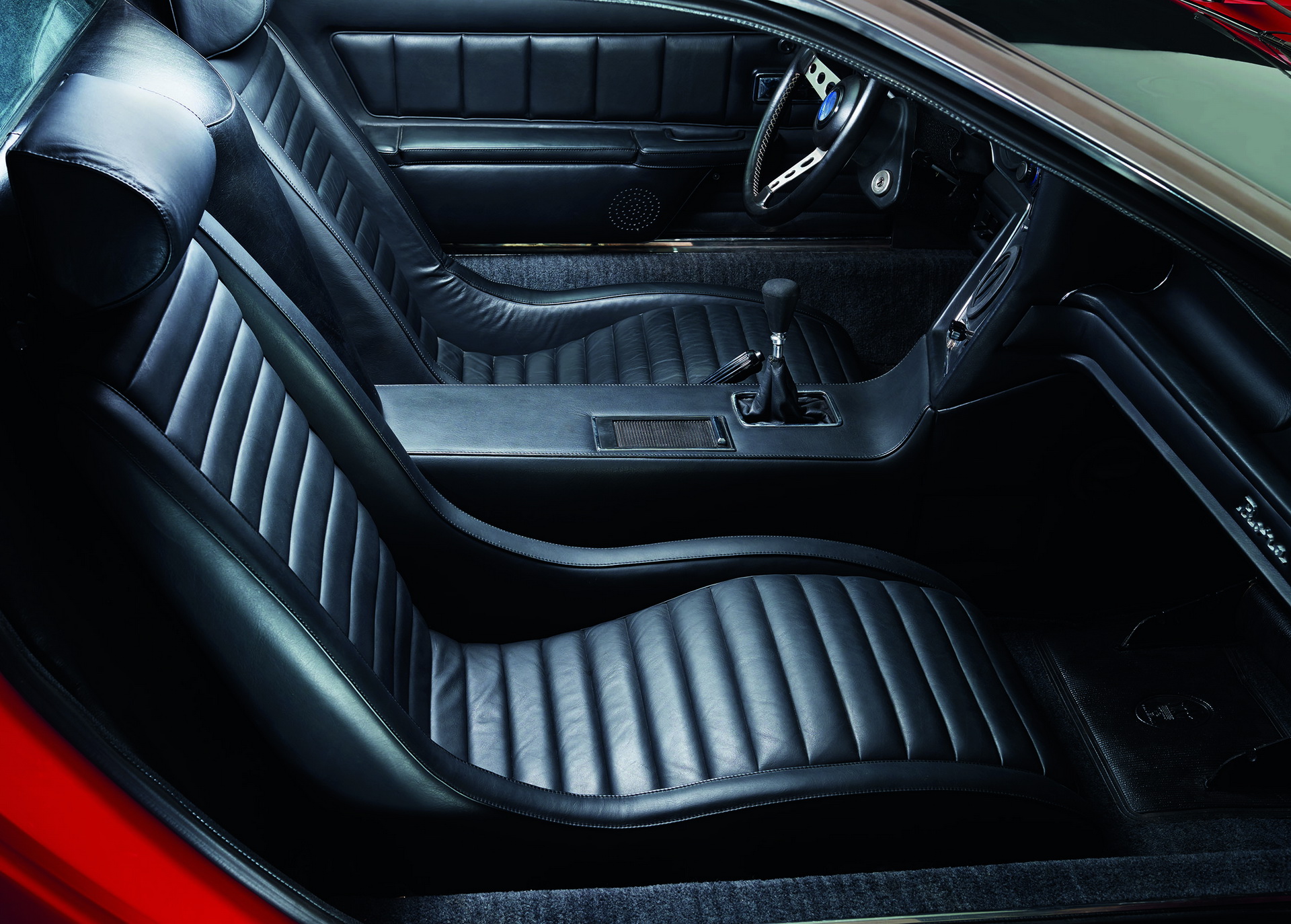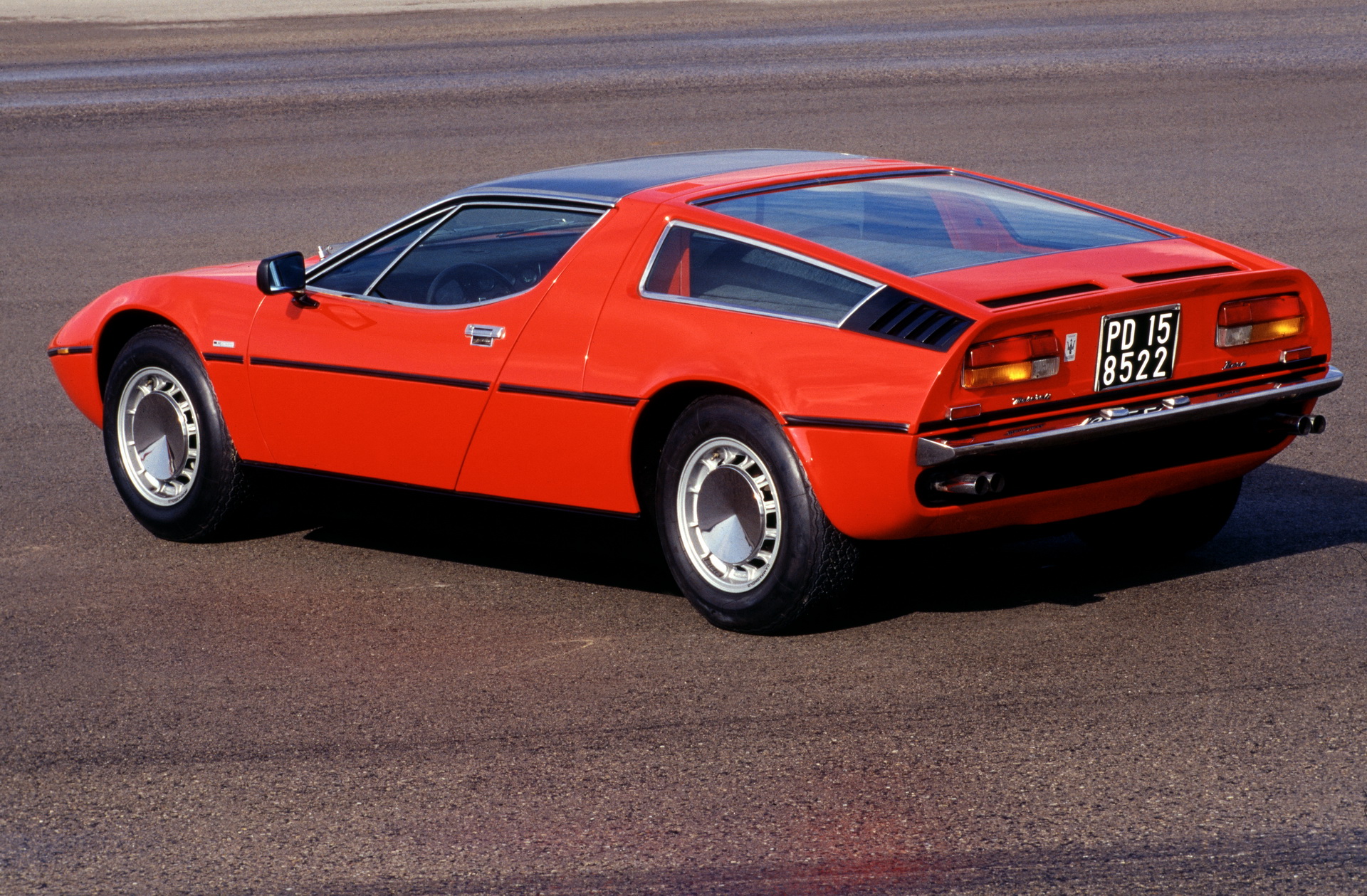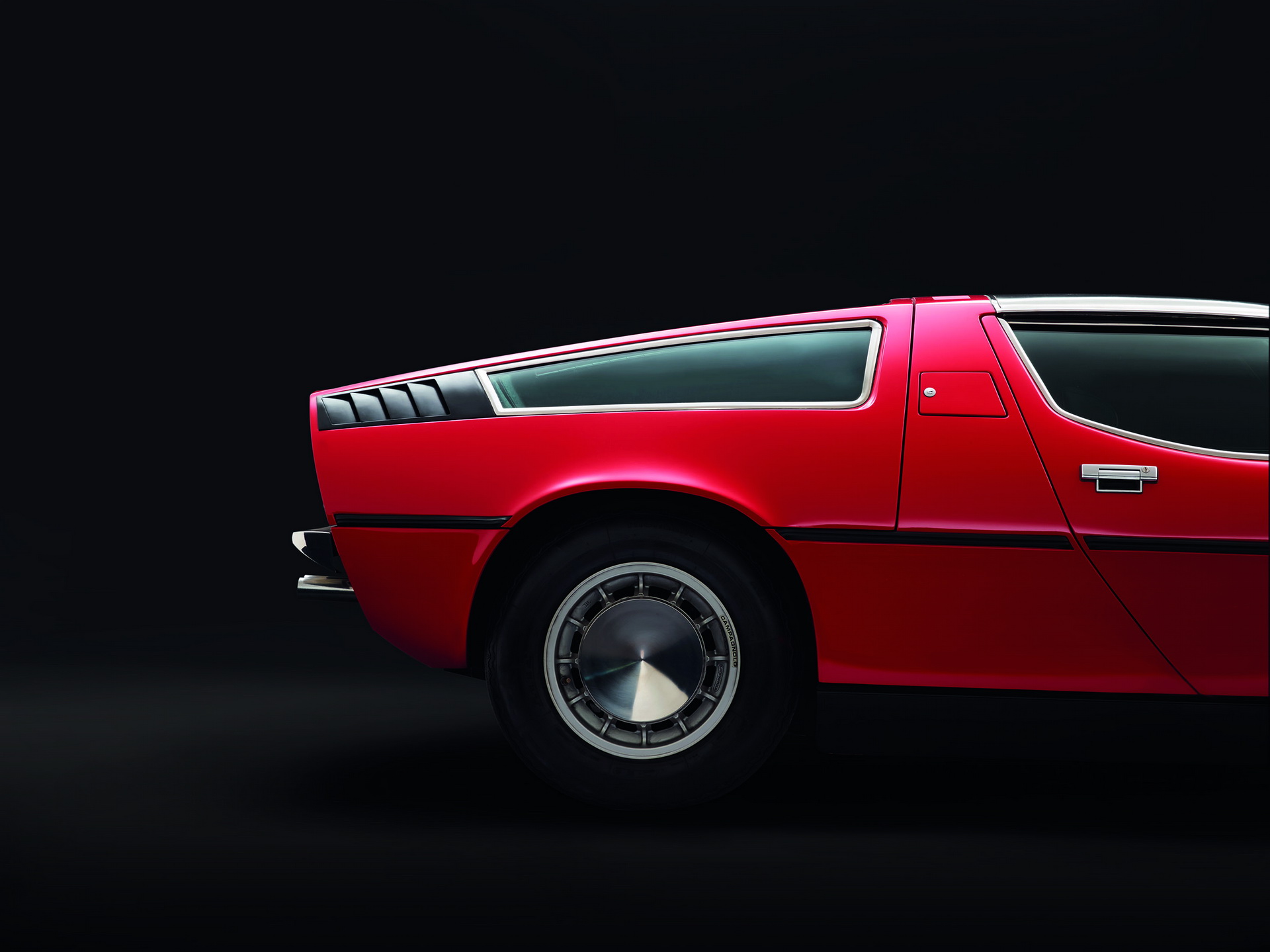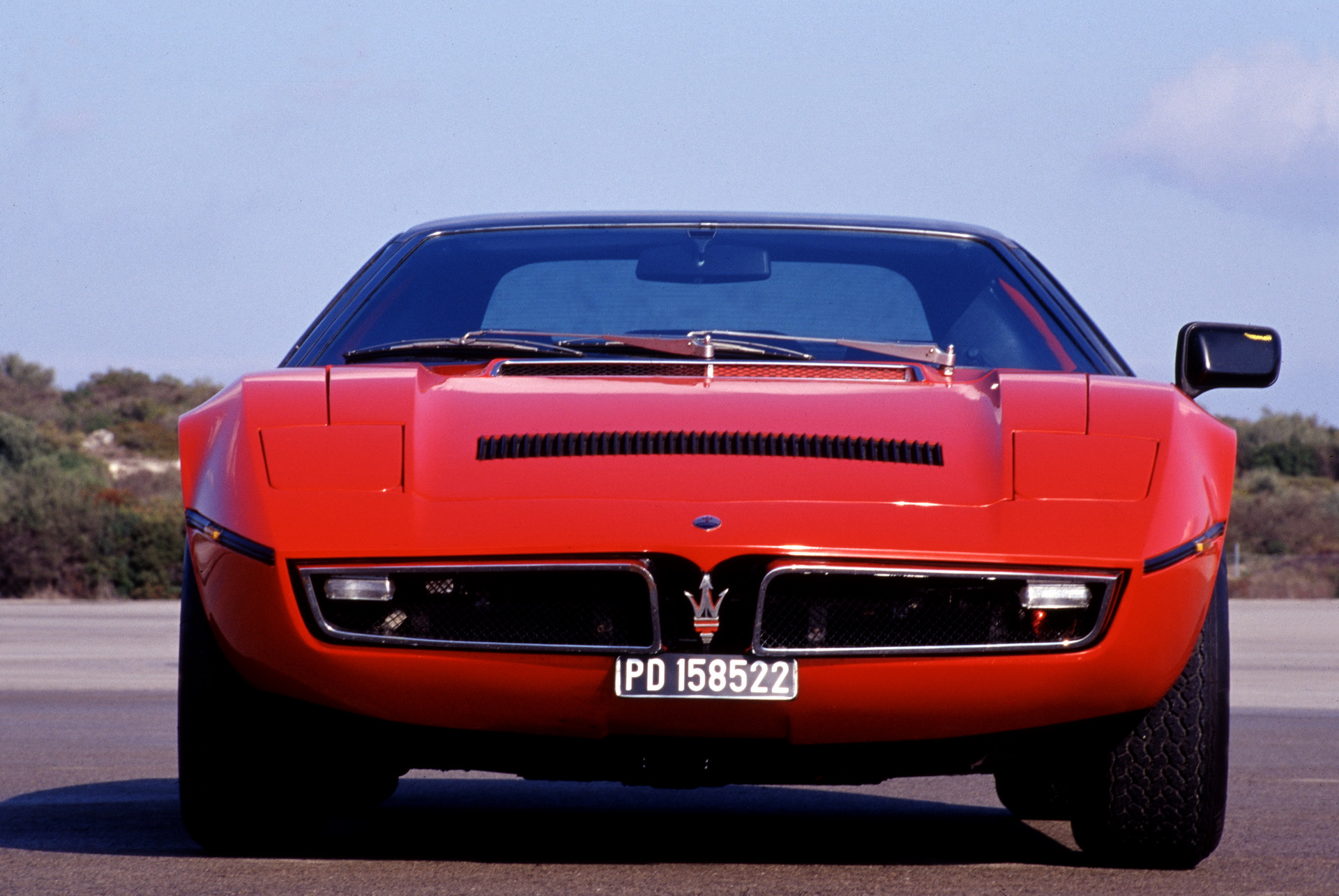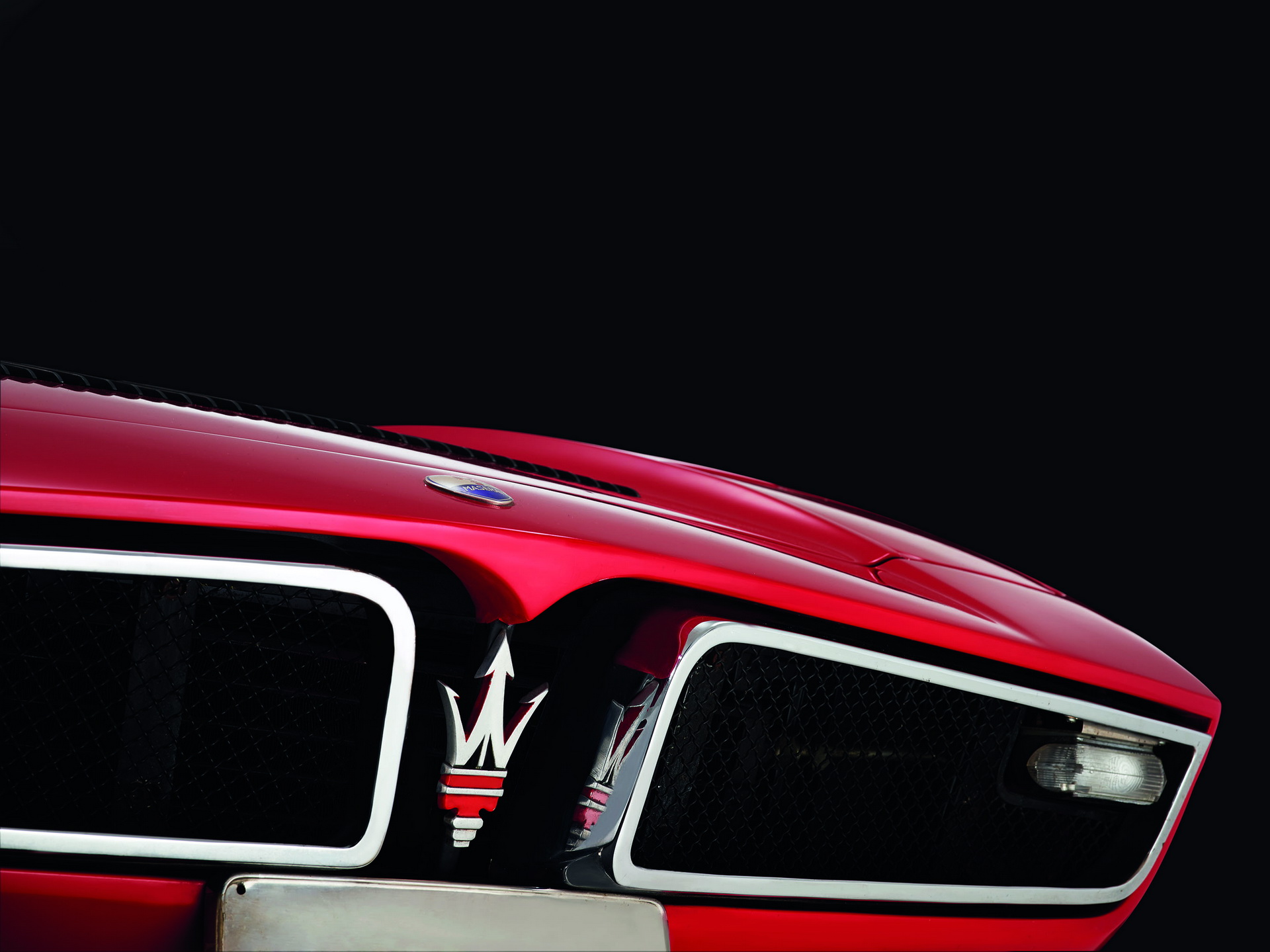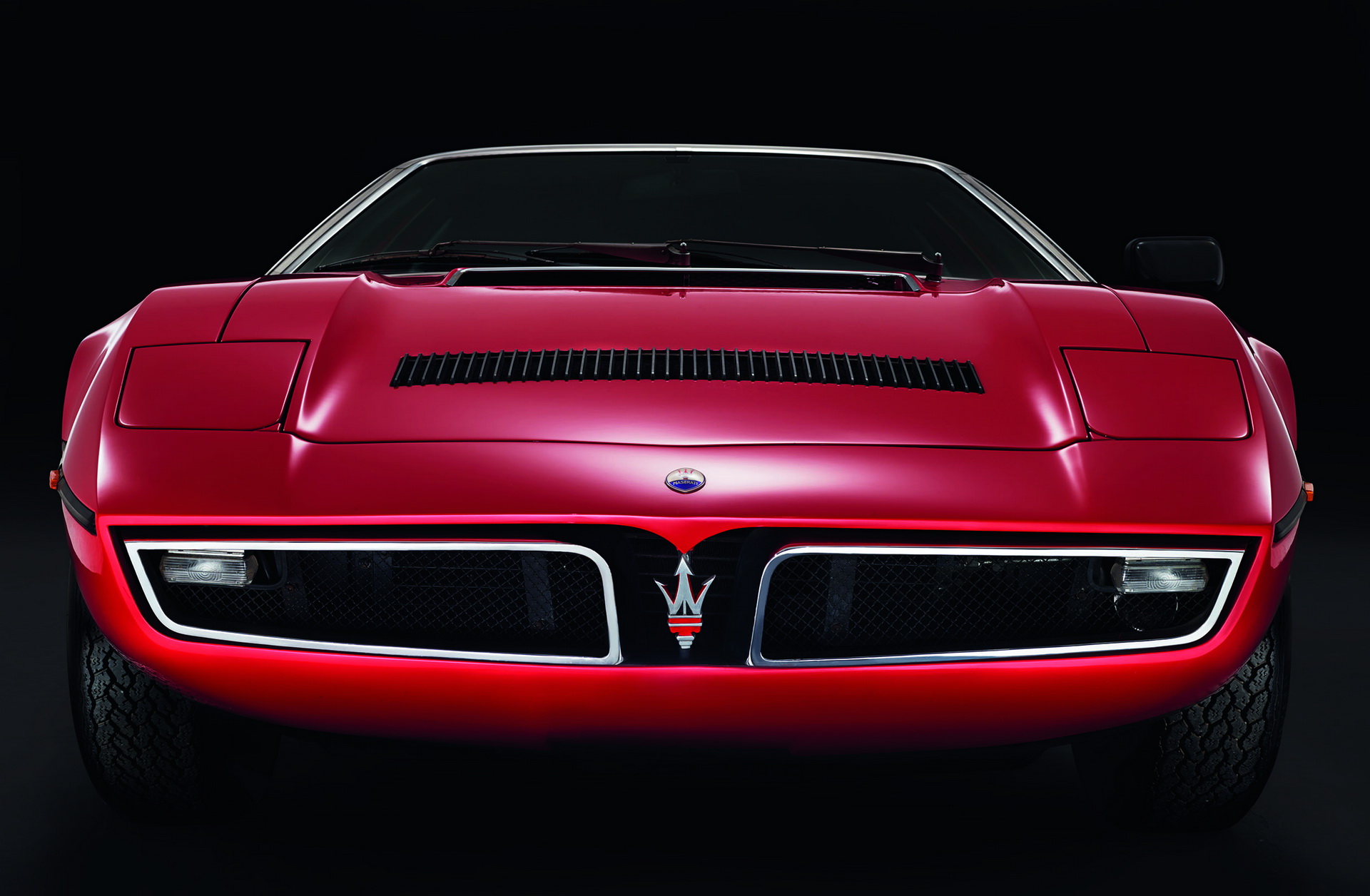Imagine this: it’s 1971, the second week of spring in the northern hemisphere. Apollo 14 landed on the Moon, Led Zeppelin performed its first public performance of ‘Stairway to Heaven’, and Maserati came out with its first rear mid-engined supercar, the Bora.
Presented at the 1971 Geneva Motor Show on March 11, it was styled by Italdesign’s Giorgetto Giugiaro at the request of the Trident brand. The wedge-shaped bodywork was complemented by a set of pop-out headlights on top of the two rectangular air vents that formed the shape of the grille, separated by the Maserati logo.
Also Check Out: How About A Reinterpreted Maserati Shamal?
While the design was the work of Giugiaro, Giulio Alfieri carried out the engineering. The Bora featured independent suspension on all four wheels, a first for the Italian car brand, disc brakes and a five-speed gearbox made by ZF that was hooked up to a 4.7-liter V8. Mounted on a subframe installed on the monocoque, the engine produced 310 horsepower at 6,000 rpm, allowing the vehicle to max out at over 174 mph (280 km/h). A 4.9-liter power unit was introduced two years after production commenced, and rounded out the offering.
From 1971 until 1978, Maserati completed the assembly of 564 Boras, with the pack led by the spectacular (for the era) Boomerang, which shared the same underpinnings.
The Bora story was continued by the stunning MC12 of the mid-2000s, which is considered its spiritual successor, and more recently by the MC20, which is Maserati’s most exciting product in years.
So, how does the Bora look to you 50 years after its premiere?



